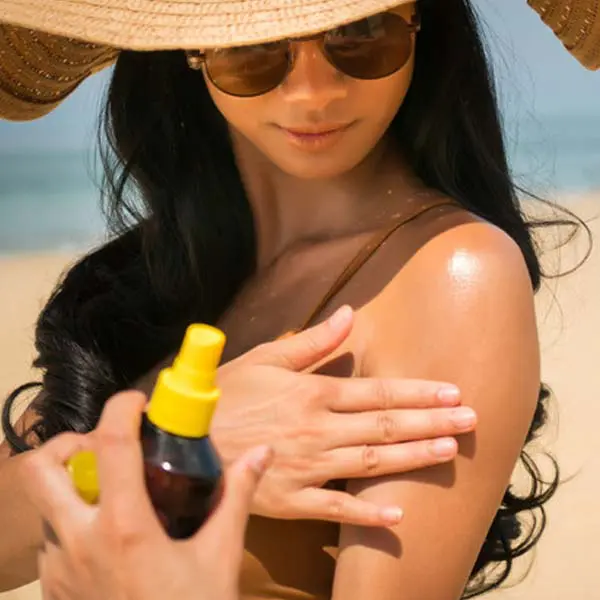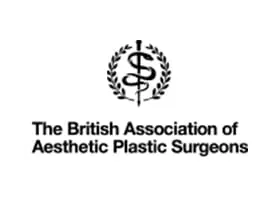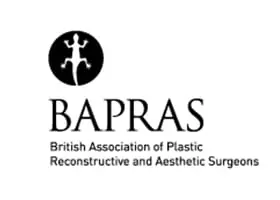Dark Side of the Sun
The recent spate of warm, sunny weather has had us all reaching into the bottom of the wardrobe for our summer shoes and cool linen clothes. But, as lovely as it is to see the sun after the long grey days of winter the sun has a dark side. It is linked to nearly 90% of all skin cancers and, with the sun increasing in strength as we head towards summer, it is vital to protect yourself against its damaging effects.
The Stats on Skin Cancer
Skin cancer is now the most common form of cancer in the UK. More than 150,000 new cases are diagnosed every year and the disease kills more than 2,500 people in the UK annually – equivalent to seven people a day.
Prevention
With such a sharp increase in skin cancer in recent years, it is important to know how you can protect yourself and stay safe in the sun. The sun is not all bad, of course. Sunshine can be good for our mental health, helping us to feel better and encouraging us to get outside, and our bodies need sun exposure to create Vitamin D which is essential for health and wellbeing. However, it is important to limit your exposure to sunlight and to know where the dangers lie.
It is the ultraviolet radiation in sunlight that can damage the skin and lead to skin cancer. Severe sunburn, particularly in children, increases your risk of skin cancer so it is important to protect both yourself and your family.
Staying sun safe means:
- Using sunscreen with an SPF of 30 or above. Apply generously and repeat regularly – at least every two hours but more frequently if you are swimming or sweating. Check the use by date as out of date sunscreen will not be as effective.
- Keeping out of the sun particularly if you are fair-skinned. Just 10 minutes of strong sunshine is enough to burn pale skin. The sun is at its strongest between 11am and 3pm.
- Wear sunglasses to protect eyes against UV rays. Look for an EU CE Mark.
- Wear loose long-sleeved tops and a hat with a wide brim that will shield your head, ears, face and neck.
Skin Cancers – What to Look Out For
As Plastic & Cosmetic surgeons we often see the results of a failure to shield the skin from sun damage and we work alongside other specialists at several major hospitals to treat patients with skin cancer.
Most skin cancers can be treated providing they are identified early so you need to know what to look out for and to check your skin regularly. There are two main types of skin cancer – melanoma and non-melanoma.
Melanoma
Incidence of melanoma have quadrupled over the past 30 years and the number of deaths from the disease have tripled. It is less common than non-melanoma but more dangerous. A melanoma can develop from an existing mole on your body but more commonly they appear as new marks on the skin. In men they tend to occur on the body and in women on the legs. You need to look out for moles that are growing, changing shape or colour, bleeding, itching or becoming painful.
Non-melanomas
These occur more commonly than melanomas and are not connected to existing moles. There are two primary types – Basal cell carcinomas and squamous cell carcinomas. The latter is more dangerous as it can potentially spread to other parts of the body. Non-melanomas appear gradually. They are most common on parts of the skin that get most sun exposure – lips, ears, head, neck and backs of the hands. Signs to look out for include a scab that won’t heal, red or inflamed skin that may become scaly or crusty or a flesh-coloured bump that grows in size.
If you are in doubt, talk to a doctor or get referred to a skin cancer specialist, such as Mr Paul Banwell, who will be able to distinguish between a harmless blemish and a potentially life-threatening skin cancer.








































25th June 2025
Bringing Confidence Forward: A Personal Look at Hairline Lowering Surgery
Read More
24th June 2025
Lip Lift Surgery: A Subtle Change That Speaks Volumes
Read More
3rd June 2025
Post-Surgery Compression Garments in Plastic Surgery
Read More